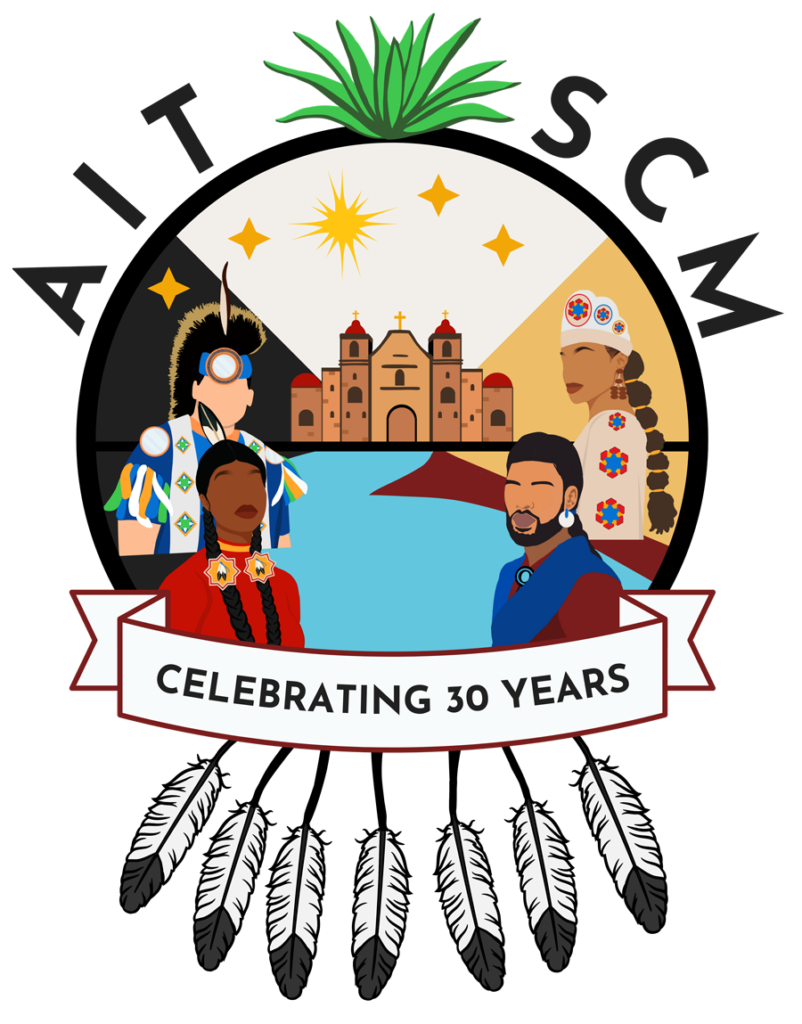Written by Elena Enriquez
Learn about Coahuiltecan food, diet, and culture and its continued legacy today.
Recently, there has been a shift in how people think about what they eat. Folks are starting to recognize the importance of having a relationship with your food. Backyard gardening and foraging have become hashtags on social media, and the idea of living off the land a romanticized dream. But for Native people, this way of life is much more than a hobby. It’s a recognition of our traditional foodways, and a path to sovereignty.
Foraging is not just free food, it’s a way of honoring our ancestors and acknowledging the abundance that the land provides us with. Remembering and carrying forward our traditional foodways is not a passing trend for Indigenous communities. It is an act of decolonization, reclamation, and resistance. But more importantly, it is an act of love and honor for our people, our land, our culture, and our ancestors.
Native culture and traditions have always been misrepresented in colonial history. This is particularly true for the Coahuiltecan. Until recently, it was believed that our ancestors lived in extreme starvation and desperation, but our community has known a different story. Before the settlers arrived and the environment changed, the land was plentiful, we lived in abundance. We moved with the seasons following the food and water, and could trust the land to care for us.

To honor these ancestral ways, we have created an educational series on the Coahuiltecan food, diet, and culture, highlighting the lifestyle of Indigenous Texas and their connection to the land. AIT-SCM’s Native Foodways Series showcases some of the most important Indigenous foods from Yanaguana. We hope this collection of traditional knowledge will contribute to the evolving narrative of our history and inspire our community to reconnect with the flora and fauna of our homeland. Stay tuned as we dive into traditional ingredients and methods each week!
